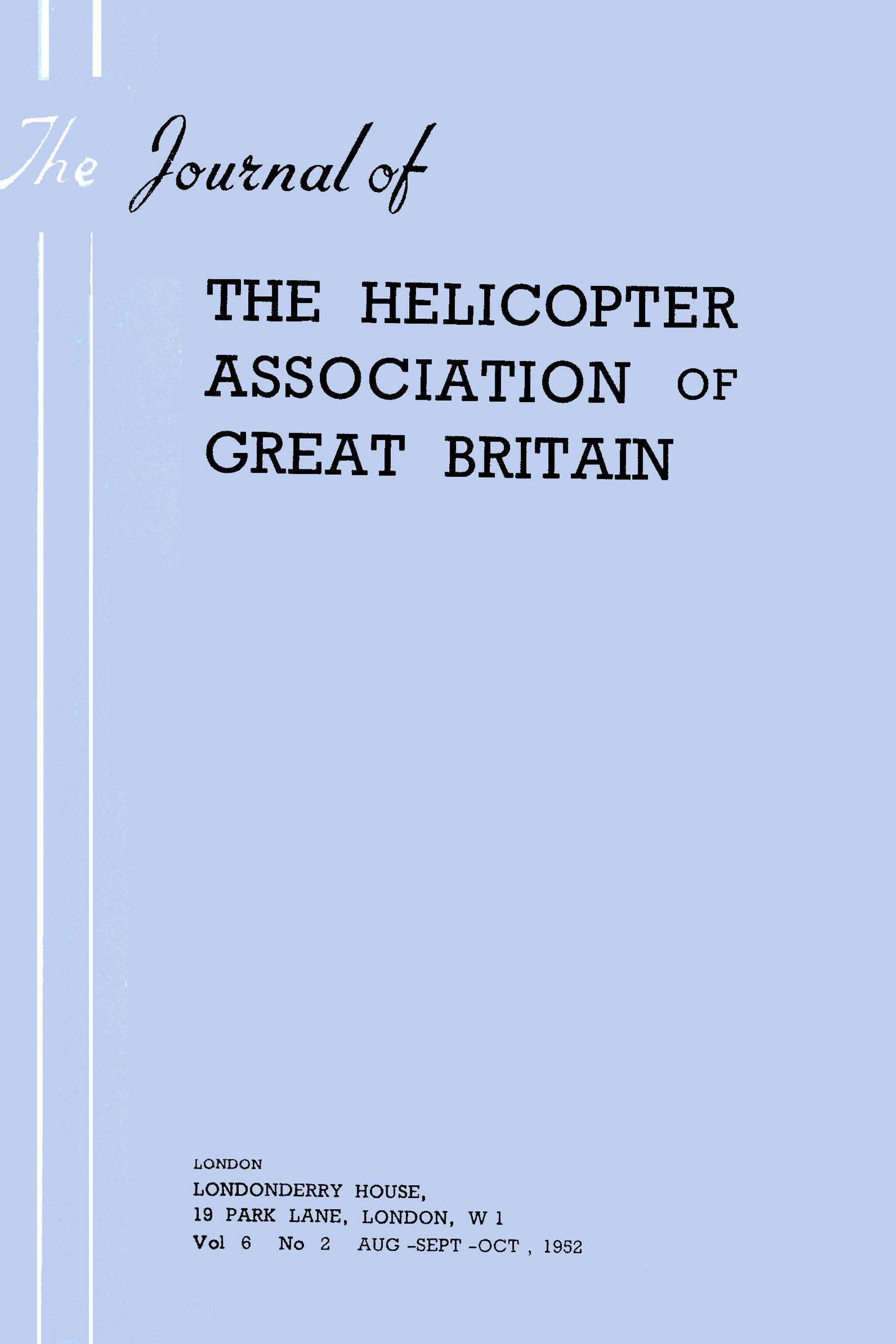No CrossRef data available.
Article contents
Some Operational Aspects of Helicopter Vibration
Published online by Cambridge University Press: 26 October 2023
Extract
The helicopter as we know it is a good example of a potential vibration producing machine It has in it the means for providing vibratory frequencies similar to those which we meet in fixed-wing aircraft and, in addition, it can throw up periodic disturbances having much lower frequencies With this in mind it will be easy to appreciate that the vibrations produced in a helicopter can be a major source of worry to the operator unless they are carefully kept under control
To the helicopter operator, vibratory disturbances mean possible structural failure from fatigue, and probable difficulty in the protection of equipment from the lower frequency disturbances In addition, vibratory sensations have to be contended with in respect of both passengers and crew Many of these sensations come within the aural frequency band, they are all within the frequency range which can be felt, and the lower frequency displacements originating from the main rotor may be seen and followed visually These sensations, if excessive, will result in physical fatigue and discomfort, further they are not conducive to safety
- Type
- Symposium on Vibrations in Helicopters
- Information
- The Journal of the Helicopter Association of Great Britain , Volume 4 , Issue 4: Jan-Feb-March 1951 , March 1951 , pp. 183 - 191
- Copyright
- Copyright © Royal Aeronautical Society 1951




